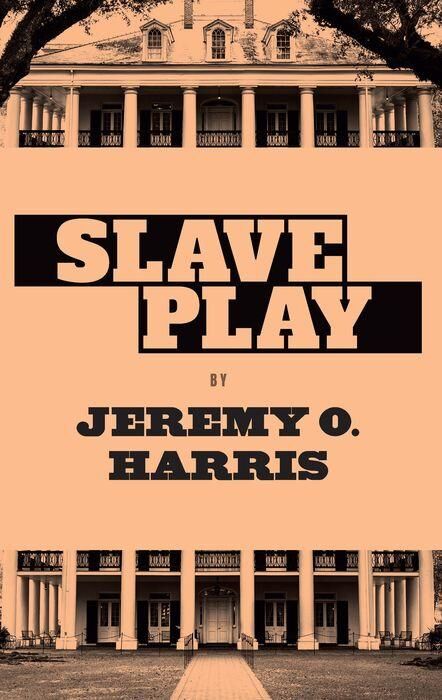Review: “Slave Play” by Jeremy O. Harris
Slave Play Cover
February 6, 2022
“Slave Play” by Jeremy O. Harris is jarring, graphic and uncomfortable to read, but it is the kind of story everyone needs to hear.
Critics had a field day with this play. There are those who think it is an inaccurate depiction of Black women, those who think it is too explicit and those who think the narrative is unfair to white people. At one point, a petition circulated calling for the play’s removal from Broadway. And the final branding mark – 12 unsuccessful Tony nominations.
Split into three acts titled “Work”, “Process” and “Exorcise”, the play is approximately two hours long with no intermission. It follows three interracial couples participating in a week-long “Antebellum Sexual Performance Therapy” where they roleplay as slaves and masters. The common thread between the three Black participants is the lack of sexual pleasure they experience with their white counterparts.
The root of their problems in bed: white partners who do not acknowledge their own whiteness in everyday life.
The themes of the play are not something you want to talk about at a party on a Saturday night. But then, when do you discuss them?
Why are white people so quick to remove race from the picture? Some pride themselves on not being like “those white people” (you know, the ones who go around waving their confederate flags), while others adopt Black vernacular and style. They boast about how they “don’t see color,” but that’s the problem.
Black people need to be seen and loved not in spite of their blackness, but because of it, and that is what Harris’ play explores. Don’t be fooled, “Slave Play” is gritty. I read it in one sitting, so as to stay true to the nature of a play, and there were moments when I wanted nothing more than to close my eyes. But even at my most discomforted moments, I was compelled to read on.
The roleplaying scenes are unsettling. Slurs are spat at lovers, sex becomes a weapon and at times, Rihanna’s “Work” plays faintly in the background.
In act two, the participants of the antebellum therapy dissect not only how they felt engaging with their partners, but the way prior racial trauma is affecting their relationships. The conversation is callous and frustrating because it confronts a reality Black people face today. White people are not listening.
There are pieces of the play I can only assume read better on the stage. The main aspect I felt I missed was the air of comedy multiple critics pointed out. Even Harris in his foreword, titled “Notes on Style”, writes:
‘Slave Play’ is a comedy of sorts. It should be played as such.
When was I supposed to laugh? I did not find the sexual aggression or the racial trauma funny in the least, so my thought is– when digesting these stories, is laughter anything more than a coping mechanism?
I guess the next step is to see the play on stage.
Maybe then I’ll laugh.
Reegan Saunders is an assigning editor. Contact them at [email protected].












